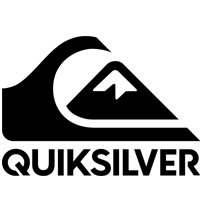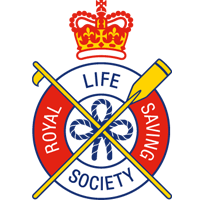On the west coast of France, between the mouth of the Gironde to the west of Bordeux, and down there at the world famous Hossegor to the south, there’s roughly 100 miles of beach, separated only by the odd groin and a few river mouths. True story.
And on a good day you know, you JUST KNOW, there’s pumping waves peeling down a secret sandbar (or two) NOT BEING SURFED; Or maybe surfed by a couple of peeps. Peeps in the know, peeps with some LOCAL KNOWLEDGE.
If you’ve got plenty of time on your hands and a healthy petrol budget, exploring 100 miles of coast in a bid to find your own perfect sand-bar might be an enjoyable way to spend a day, especially if you end up scoring. But if you just wanna surf (like now) it could be tedious!

Some lessons, like how to ride a bike, or the holy sanctum that is the tube, have to be learnt in the first person (advice and encouragement notwithstanding). Other lessons meanwhile, like where the rip-tides/sharks are, or which parts of town to avoid at night, are best learned from someone else!
Exploring and making your own discoveries is wonderful and all part of life’s rich tapestry. But if learning lessons the hard way involves wasting valuable time, throwing money down the drain or putting yourself harm’s way, well, that’s when you maybe shoulda sought some advice from someone in the know!
While we can’t help you find one of those elusive French sandbars, we are able to provide you with a bunch of info relating to surfing St Ives Bay that might just help you out…
On some days Godrevy (the most exposed area of beach in St Ives Bay) has more swell than anywhere else. But more commonly it will be smaller than other exposed spots along the north coast (Gwynver, Porthtowan, Chapel Porth, etc.).
Why is this?
Well, St Ives Bay is somewhat sheltered from swells of a direction more southerly than WNW. Which means SW or WSW swells can light up other spots along the north coast whilst barely registering at Gwithian/Godrevy.

But northerly swells are a different matter…
With northerly groundswells (i.e. those generated way up in the North Atlantic, maybe near Greenland or Iceland) the further east along the coast you go, up towards North Devon, the more they’ll have to refract (bend) around Ireland to make it to shore. So you’re better off down our way.

Shorter-range northerly swells, generated in the Irish Sea, have a better fetch the further west along the coast you are (fetch being the distance of sea over which wind is able to blow in order to create swell). So again St Ives Bay catches these more than anywhere else (and it’s worth noting that within the bay itself a straight northerly or even NE windswell will probably be biggest at the usually quiet, north-facing Carbis Bay, but more on those little idiosyncrasies next week).

So, to summarise, swells from the SW quadrant will struggle to get into St Ives Bay, meaning you’re probably better off either up the coast or on the south coast, whereas more northerly swells, be they long or short distance, will get into St Ives Bay more than anywhere else in the whole of SW. The various surf-forecasting sites out there account for the above factors with varying degrees of accuracy, so application of local knowledge is advantageous!




